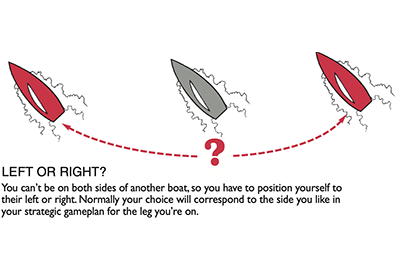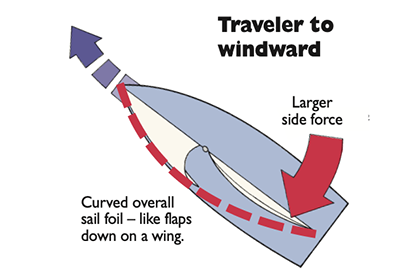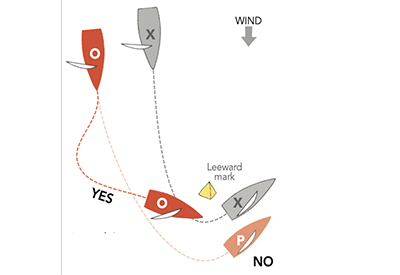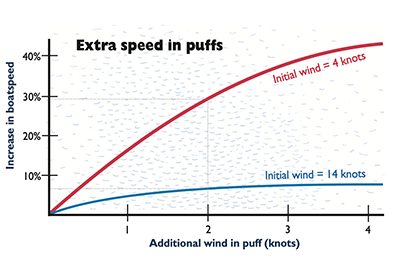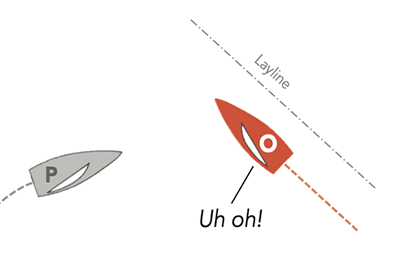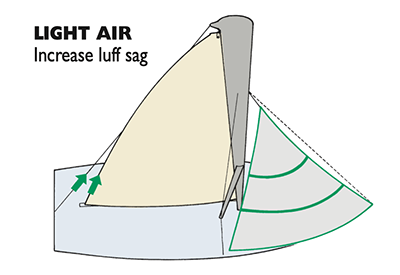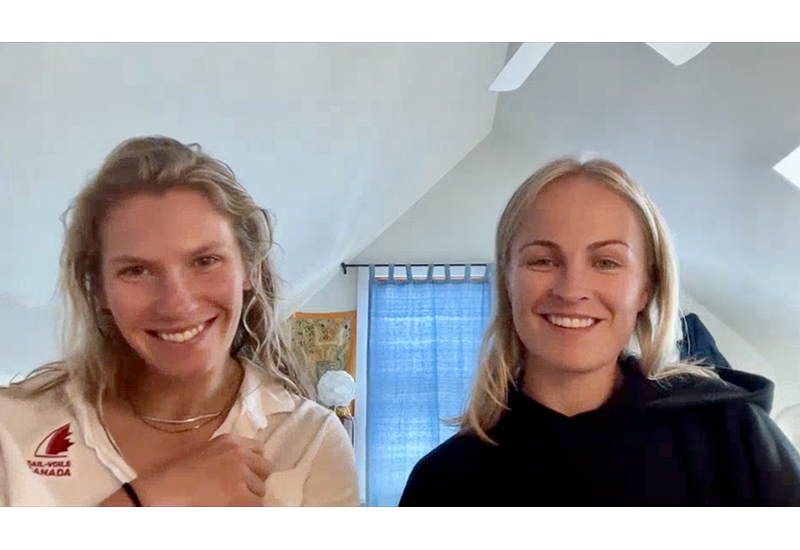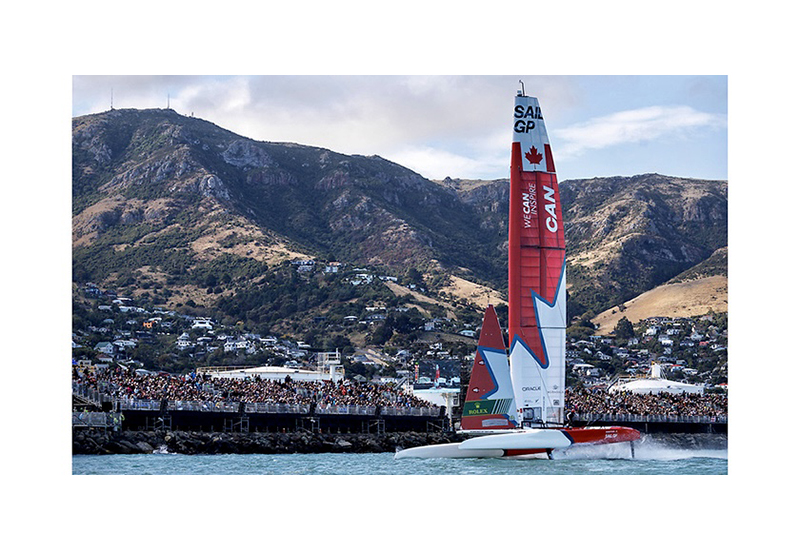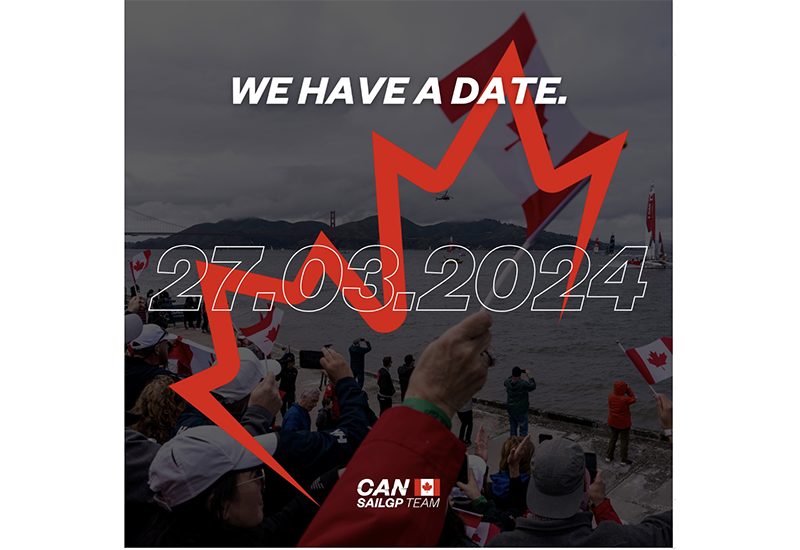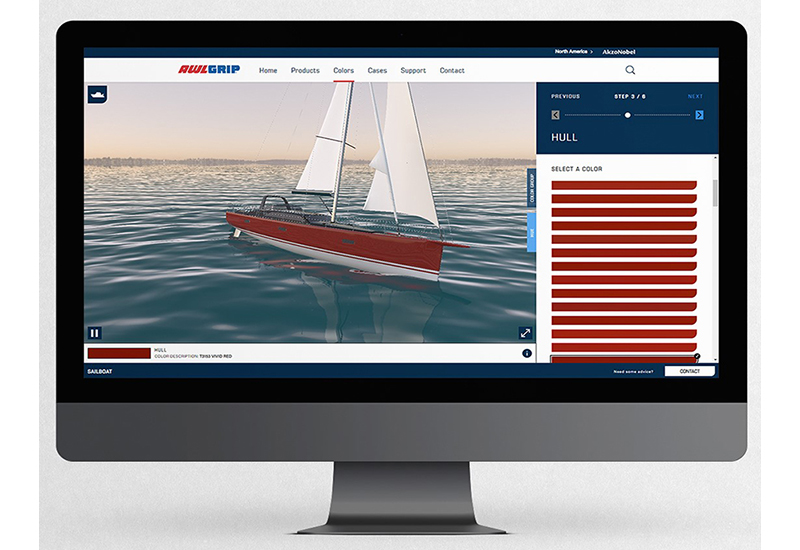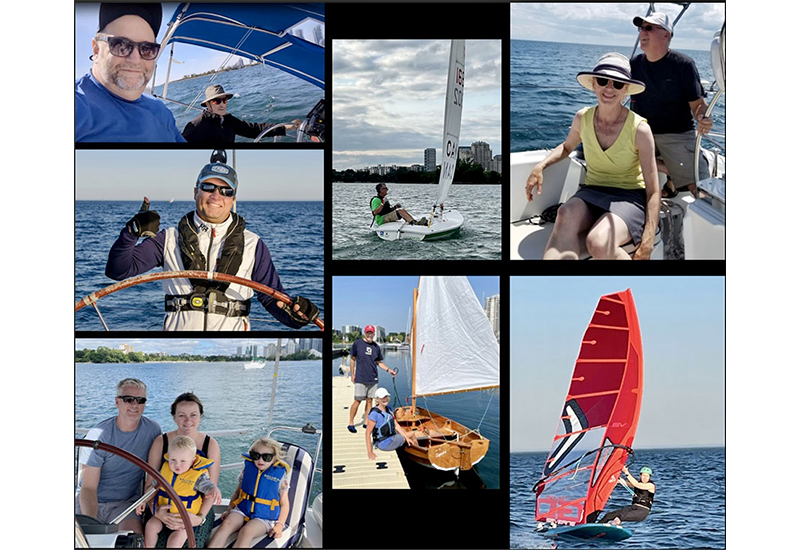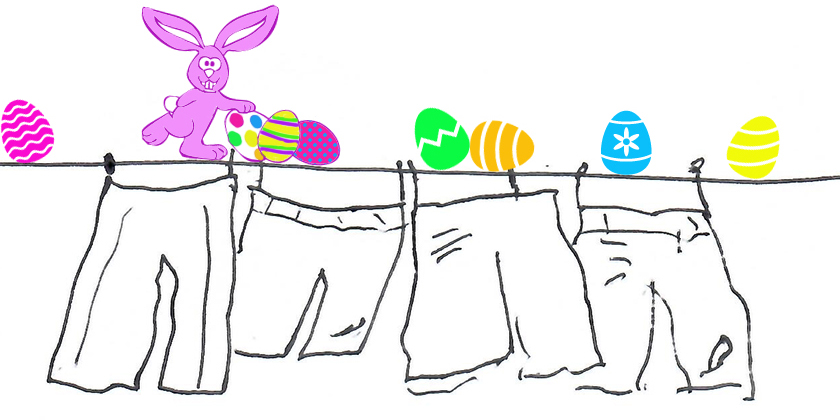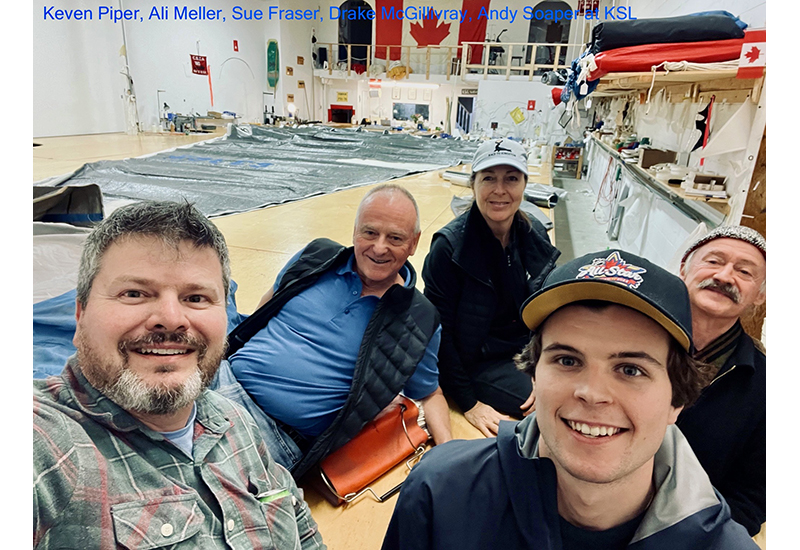Speed & Smarts: Starting Strategy & Tactics
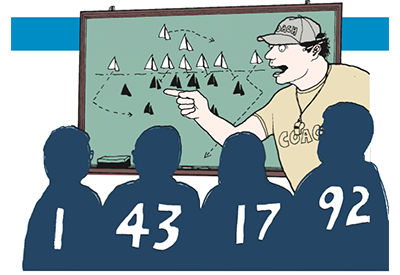
December 14, 2022
The start of any sailboat race is a critical moment that will have a big effect on your potential success in that event. If you get off the line cleanly with clear air and good speed, heading toward the favored side, you’ve made a great first step. But if you end up in the second row with the oxygen masks dropping down, you’re in for a long game of catch-up. One thing that’s clear is that starting is not an end in itself. You don’t get extra points for winning the start at the pin end, and no points are deducted for getting the worst start in the fleet. Starting is simply a means to an end – the ultimate goal is getting a good finish, so your start is only valuable to the extent it helps you do that. You don’t have to win the start in order to win the race or, certainly, the regatta.
Therefore, one key thing about starting is having the ability to balance the trade-off between reward and risk. It’s tempting to go for the huge rewards that come with ‘winning’ the favored end. But the starting line is also filled with risk because it’s the one place where all the boats are fighting close together.
In order to follow your plan among this frenzy you need good skills in all parts of the game – strategy, tactics, boat handling and so on.
Make your strategic gameplan first
Do you ever get in the car with your family, drive around for 10 or 15 minutes and then discuss where you are going? Not normally! Most people plan their destination first and then start driving there. Otherwise they end up wasting a lot of time and gas and they might get lost (if they don’t have GPS)!
The same is true with sailboat racing. How many times do sailors start thinking about where to go on the first beat only after they start the race? This happens fairly often, but of course it’s backwards.
If you started at the pin end, for example, and then realized there was more wind on the right side of the course, you’d be in bad shape. Or if you started near the RC boat when the wind was shifting left, that wouldn’t be smart either. Begin your planning for each race by considering the big picture. Study the wind to figure out how it is shifting and where the best pressure is. Check out the set and drift of current and the presence (or absence) of waves around the course area. Look to see where the race committee is setting the marks.
Gather all this information during the hour or so while you are sailing around before the race. Then make a plan for how you will use these strategic factors to sail the first leg as quickly as possible. This plan might be to go hard left on the beat. Or maybe you will play the middle, or the middle right.
Once you’ve done this planning, now you’re ready to think about the start, which is one of many steps you must take to follow your overall strategy for the first beat.
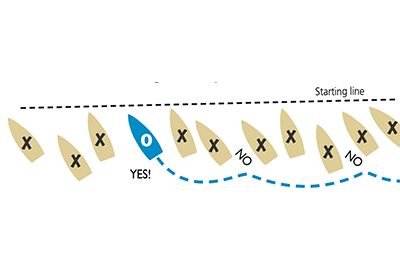 PLAY 1: Be willing to compromise
PLAY 1: Be willing to compromise
Getting a good start is often a matter of compromise. If the only goal of starting was to be in the best position at the gun, you’d just go for ‘all the marbles’ at the favored end. But things aren’t that simple. You have to keep the big picture in mind – if you take too much of a chance you could ruin your race and perhaps even the regatta.
That’s why you often need to look for a good start rather than a great one. Going for the best start usually involves too much risk. Boat O (above) wanted to start near the favored RC boat, but it was very crowded. She could have squeezed into a spot, but the odds of getting a good start there were small. So she went farther down the line where she could start at full speed with clear air. O didn’t have the best start in the fleet, but she still had the potential for a very good finish.
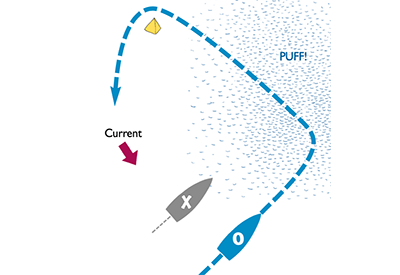 PLAY 2: Sail around the course, with a partner if possible
PLAY 2: Sail around the course, with a partner if possible
When you’re trying to put together a strategy for the first beat, there’s almost nothing better than sailing all around that leg before the start of the race. By sailing the actual course, you will get a good feel for how the wind is shifting and where the strongest pressure exists. Plus, you can check on the strength and direction of current in various locations. While you do this, look for patterns in how these variables change over time.
If you have a friendly competitor, ask them to sail along with you. Position the two boats in speed-test mode (i.e. bow to bow and a couple lengths apart) so you can work on speed while you’re checking the wind and current around the course. Having a boat nearby often makes it easier to see the wind shifts. If the boat on the right side always gains, for example, maybe the right is better.
Next issue, Jan 4, 2023, more starting plays
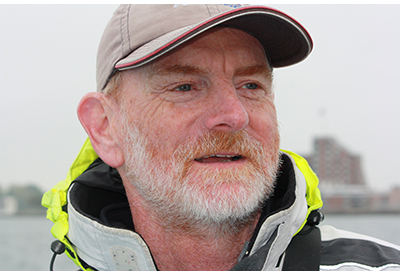 Dave Dellenbaugh is the publisher, editor and author of Speed & Smarts, the racing newsletter. He was the tactician and starting helmsman on America3 during her successful defense of the America’s Cup in 1992 and sailed in three other America’s Cup campaigns from 1986 to 2007. David is also two-time winner of the Canada’s Cup, a Lightning world champion, two-time Congressional Cup winner, seven-time Thistle national champion, three-time Prince of Wales U.S. match racing champion and past winner of the U.S. Team Racing Championship for the Hinman Trophy. He is currently a member of the US Sailing Racing Rules Committee (and was its chairman from 2005-2008).
Dave Dellenbaugh is the publisher, editor and author of Speed & Smarts, the racing newsletter. He was the tactician and starting helmsman on America3 during her successful defense of the America’s Cup in 1992 and sailed in three other America’s Cup campaigns from 1986 to 2007. David is also two-time winner of the Canada’s Cup, a Lightning world champion, two-time Congressional Cup winner, seven-time Thistle national champion, three-time Prince of Wales U.S. match racing champion and past winner of the U.S. Team Racing Championship for the Hinman Trophy. He is currently a member of the US Sailing Racing Rules Committee (and was its chairman from 2005-2008).
You can subscribe to the Speed & Smarts newsletter HERE.

